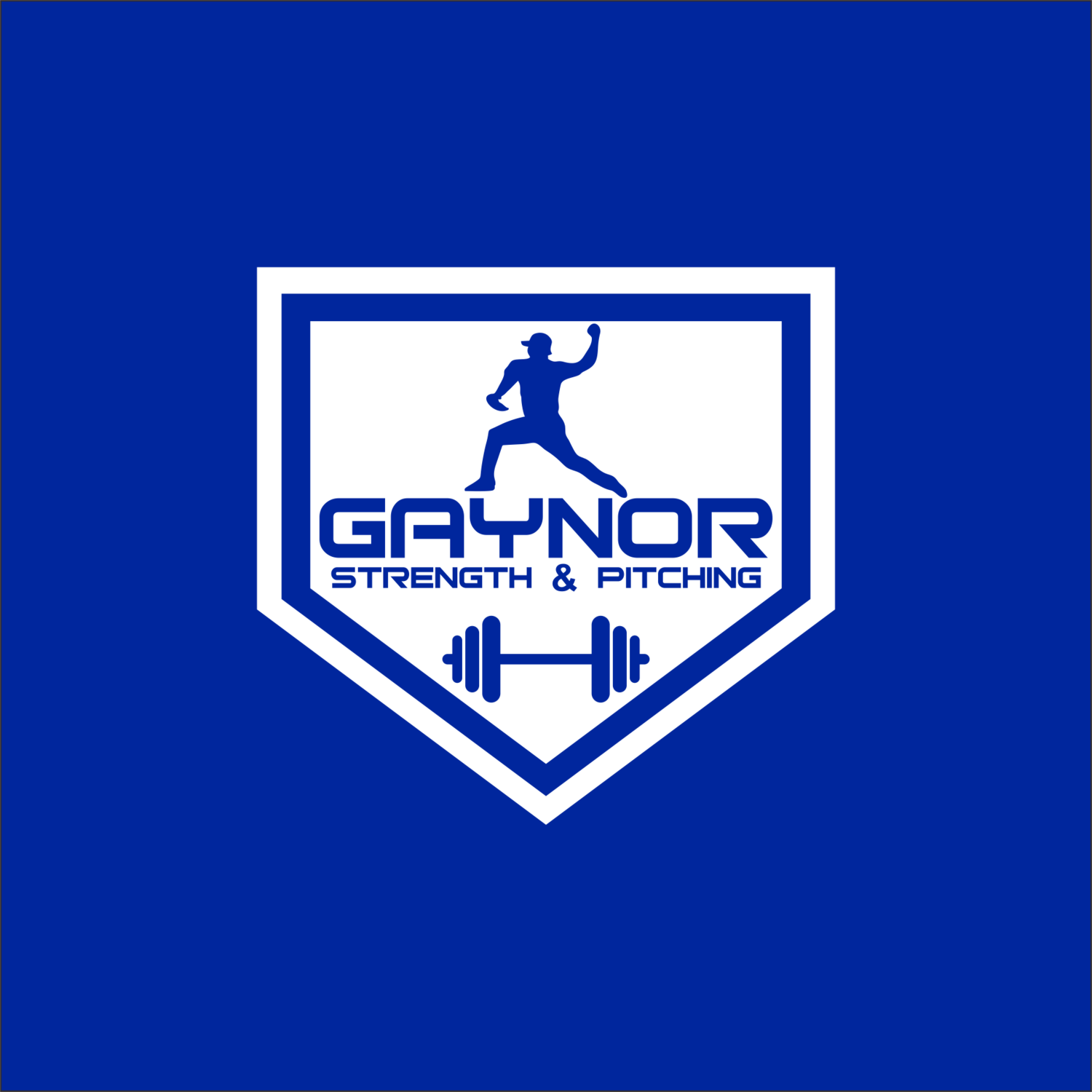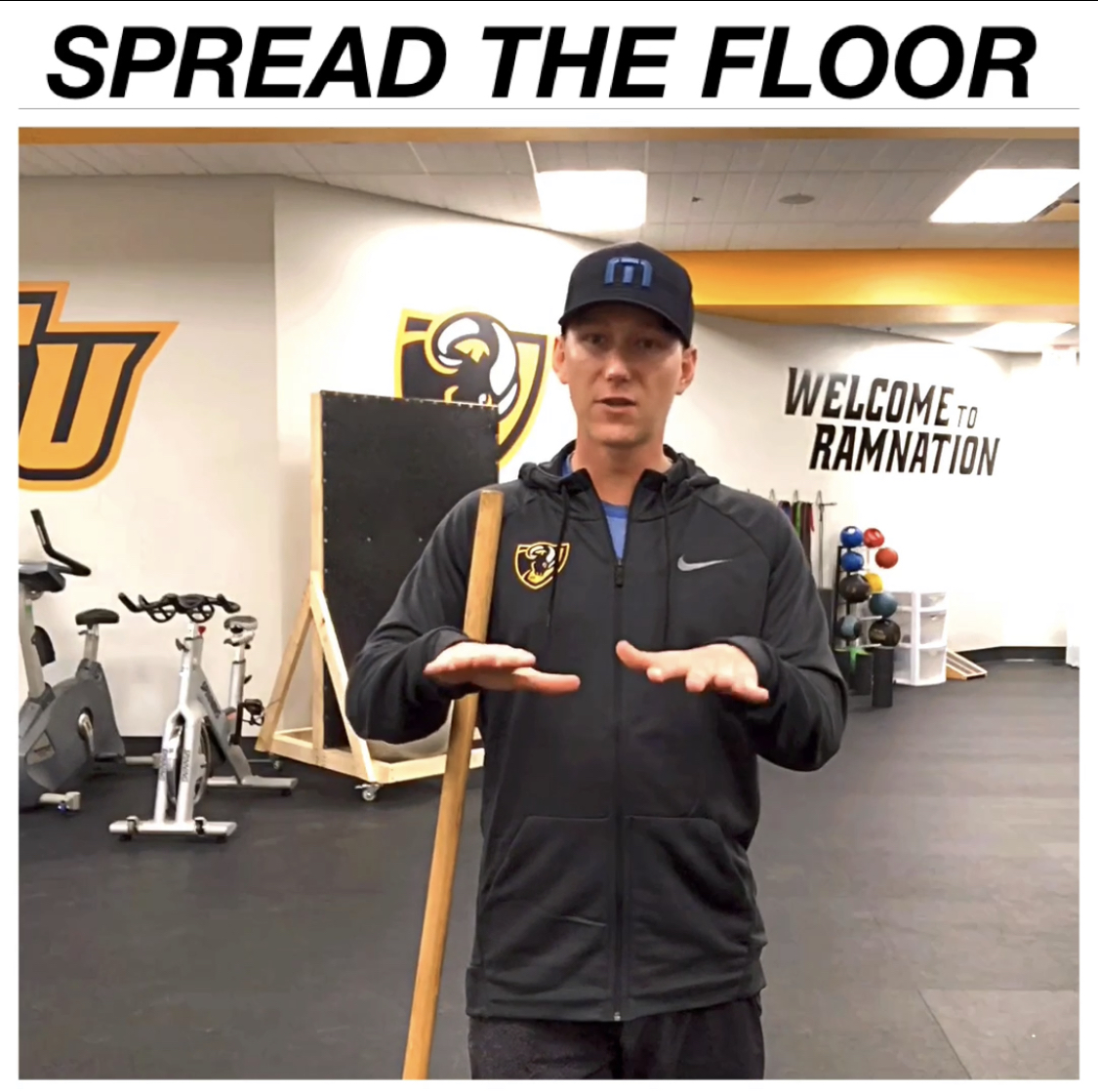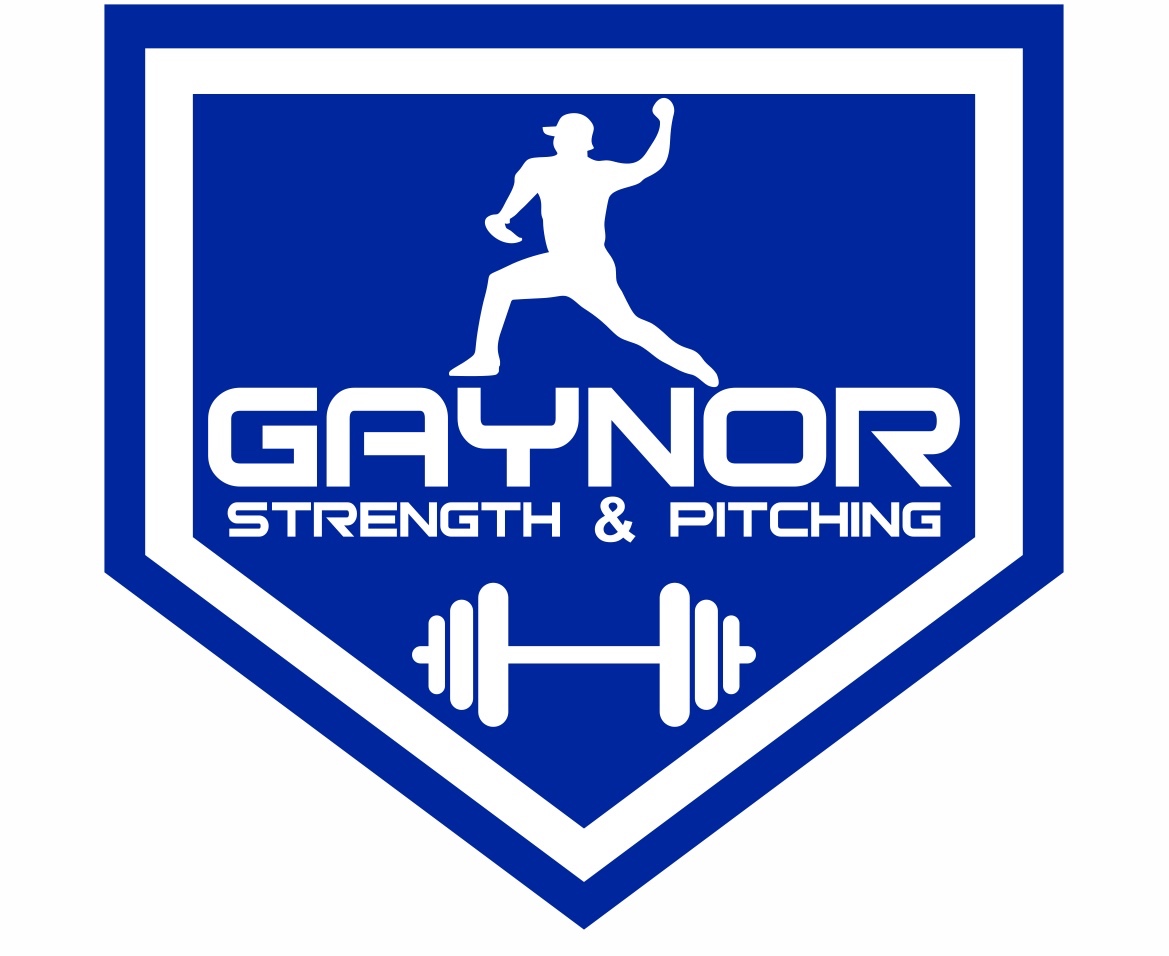During the fall of my freshman year at South Mountain CC, my head coach Todd Eastin gave me a book called, “The Move”. It was a book completely dedicated to mastering the left handed pickoff move. This book helped lead me to picking off nearly 50 baserunners in my college career. Now, I want to teach you how you can use this same move.
I believe every lefty should have a move that not only holds runners close, but allows you to save pitches, get out of jams, and pickoff more baserunners.
In this blog post I will cover:
Keys to a good move
Why you should use a “B” move
How to create a trick play
Let’s dive in.
Keys to a good move
A simple answer to having a good move is to make it look as identical to your pitching delivery as possible. If you do everything identical until the last second, you are going to give yourself a good opportunity to pickoff runners.
We’ve all seen bad pickoff moves where the runner is standing on the bag before the pitcher even throws the ball to 1st base.
What is the pitcher doing that is making it obvious that he’s picking off?
Different tempo from his delivery
Different head movement
Shoulders turn towards 1st base early
Steps directly towards 1st base
Different Tempo from delivery
A common mistake I see is when a pitcher either goes much slower or faster when picking off, compared to when he pitches. This is an obvious flag for the runner that you are doing something different. When practicing pickoffs, alternate between a throw home and a pickoff so that you can get better feel for your tempo.
Different head movemement
I teach players to have the same head movement when they pickoff as they do when they pitch. It can be easy to fall into a pattern and tip to the runner that you are picking off when you do a certain head movement.
When pitching and picking off, come set with your head facing the runner. As you go into your leg lift look at home. If you are pitching you will keep your head looking at home. If you are picking off, you will keep your head facing home for as long as you can.
Shoulders turn towards 1st base early
The shoulders are probably the biggest tell for base runners. As soon as your shoulders turn towards 1st base, they know you are picking off. The biggest key to a good move is keeping your head and shoulders facing home for as long as you can.
Steps directly towards 1st base
We’ve all heard the 45 degree line for pickoffs. This is not an actual rule in the rulebook. It is up to the umpire to decide if you are going too much towards home or not. 45 degrees is just a good visual for pitchers to know roughly where that line is for them. Pitchers with poor moves step too much towards 1st base.
Flirt with your move being a balk until you know where the line is for that umpire. Some umpires will let you get away with more. Be sure to walk off the mound towards 1st base after you throw the ball, so that it looks like you stepped more towards 1st base then you actually did.
Good pickoff example
Bad pickoff example
Why you should use a “B” move
For those of you that don’t know what a B move is, it is a pickoff move that is good, but it isn’t your best one. You might be thinking, why would I not always use my best move? I’ll tell you why. When you master this pickoff move, it becomes a real weapon. With that said, you want to use it at the right time. You don’t want to waste it, so to speak with a runner that isn’t going anywhere. Once you show this move and how good it is, baserunners will be on guard the rest of the game.
The most beneficial thing about a “B” move, is it allows you to see what the runner does when you lift your leg. Does he have a one-way lead and is leaning back to 1st? Is he staying right where he is? Or is he maybe even leaning towards 2nd base? What I always look for are the guys that don’t get a one way lead. That is my greenlight to pick him off.
I also think it is important to show the runner what your delivery looks like to the plate. Mimicking your pickoff move to your delivery is essential, so it is important the runner sees what that looks like. A potential sequence of events when a runner reaches 1st base could be “B” move to first, pitch to home, followed by your best move within the next two pitches.
The trick play
This play is only for a pitcher that has this move down extremely well. It is also going to require a skillful 1st basemen. This play I am about to share with you is a play I used as a player at George Mason. It was only used at a critical part of the game and/or when I was in a jam.
The play will require there to be a runner on 1st and 2nd base. The 1st basemen will play behind the runner, but within a fairly short distance of 1st base. As the pitcher lifts his leg, the 1st basemen breaks for 1st base for a back pick.
The timing of this play is critical. If it is not timed up perfectly it could result in a ball thrown down the right field line. It is high risk, but high reward for a player that can handle this.
Another key part to this play is that the pitcher doesn’t pay any attention to the runner on 1st base. Hold your runner at 2nd just like you normally would.
Below is a video of me doing this play in the 2014 Atlantic 10 conference tournament.
In Conclusion
After going through this process there is no reason all left handed pitchers can’t have a great move. It takes time and a lot of reps to master this, but it is well worth it. If you have any questions about this blog post, please reach out to me any time!
Enjoy the Process,
Jared Gaynor





























